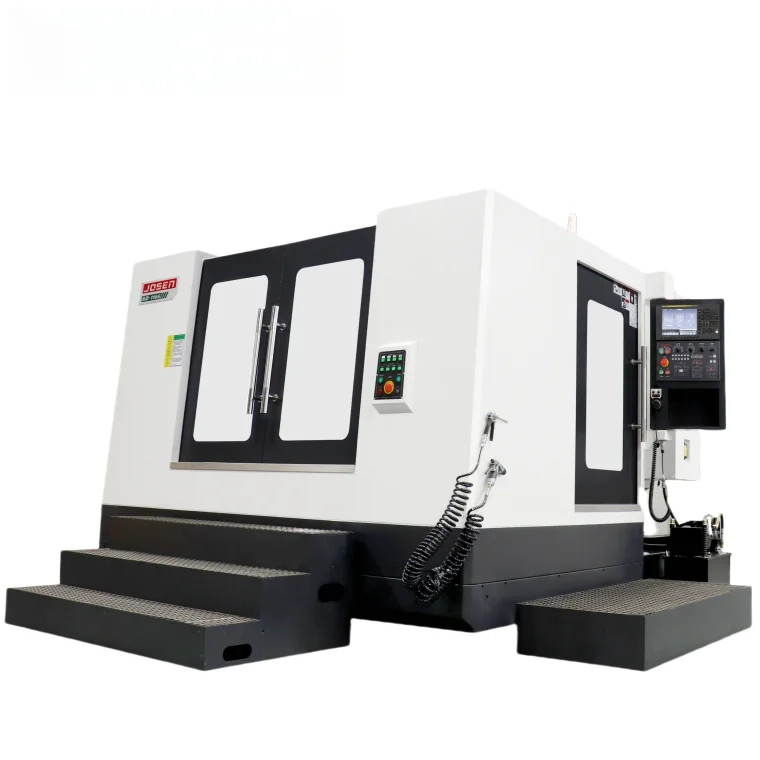When it comes to optimizing thermal management in industrial processes, the selection of an appropriate heat exchanger is paramount. Heat exchangers play a critical role in enhancing energy efficiency, reducing operational costs, and ensuring the reliability of systems across various sectors, including HVAC, chemical processing, and power generation. However, with a plethora of options available, how do you effectively pick a heat exchanger that meets your specific requirements? This article delves into the multifaceted considerations involved in selecting a heat exchanger, ensuring you make an informed decision.
Understanding Heat Exchanger Types
Before diving into the selection process, it's essential to familiarize yourself with the primary types of heat exchangers available:
- Shell and Tube Heat Exchangers: Comprising a series of tubes, these exchangers allow one fluid to flow through the tubes while another fluid flows around them. They are highly versatile and suitable for high-pressure applications.
- Plate Heat Exchangers: These consist of multiple thin plates stacked together, providing a large surface area for heat transfer. They are compact and efficient, making them ideal for applications where space is limited.
- Air-Cooled Heat Exchangers: Utilizing ambient air to dissipate heat, these exchangers are commonly used in outdoor applications and are particularly effective in cooling processes without the need for water.
- Double-Pipe Heat Exchangers: The simplest design, featuring one pipe inside another, allows for straightforward heat transfer between two fluids. They are best suited for small-scale applications.
- Spiral Heat Exchangers: These consist of two spiral channels, allowing for efficient heat transfer in a compact design. They are particularly effective for viscous fluids and slurries.
Key Factors to Consider
When selecting a heat exchanger, several critical factors must be evaluated to ensure optimal performance:
- Thermal Performance Requirements
Understanding the thermal load is crucial. Calculate the required heat transfer rate (Q) based on the specific application. This involves considering the inlet and outlet temperatures of both fluids and the overall heat transfer coefficient (U). The formula Q = U × A × ΔT (where A is the heat transfer area and ΔT is the temperature difference) can guide you in determining the necessary specifications.
- Fluid Properties
The characteristics of the fluids involved—such as viscosity, corrosiveness, and phase (liquid or gas)—play a significant role in the selection process. For instance, highly viscous fluids may require a heat exchanger designed to minimize pressure drop, while corrosive fluids necessitate materials that can withstand chemical attack.
- Pressure Drop Considerations
Minimizing pressure drop is essential for maintaining system efficiency. Evaluate the pressure drop across the heat exchanger, as excessive pressure loss can lead to increased energy consumption and operational costs. Different designs exhibit varying pressure drop characteristics, so choose one that aligns with your system's requirements.
- Space and Installation Constraints
Physical dimensions and installation requirements are often overlooked but are critical in the selection process. Assess the available space for the heat exchanger and consider factors such as accessibility for maintenance and potential future expansions.
- Material Selection
The choice of materials directly impacts the heat exchanger's durability and performance. Common materials include stainless steel, titanium, and carbon steel, each with its own advantages and limitations. Consider factors such as thermal conductivity, corrosion resistance, and cost when selecting materials.
- Maintenance and Cleaning
Ease of maintenance is a vital consideration, especially in industries where downtime can be costly. Some heat exchangers, like plate exchangers, allow for easy disassembly and cleaning, while others may require more complex maintenance procedures. Evaluate the cleaning methods available and the frequency of maintenance required for optimal performance.
Conclusion
Selecting the right heat exchanger is a multifaceted process that requires careful consideration of various factors, including thermal performance, fluid properties, pressure drop, space constraints, material selection, and maintenance needs. By thoroughly evaluating these elements, you can make an informed decision that enhances the efficiency and reliability of your thermal management system.



More Stories
Maximizing Efficiency and Precision with Horizontal Machining Centers
Mini Single Screw Extruder: Precision Engineering and High-Performance Application Guide
How a laser wire marking machine Enhances Identification Accuracy in Modern Cable Manufacturing